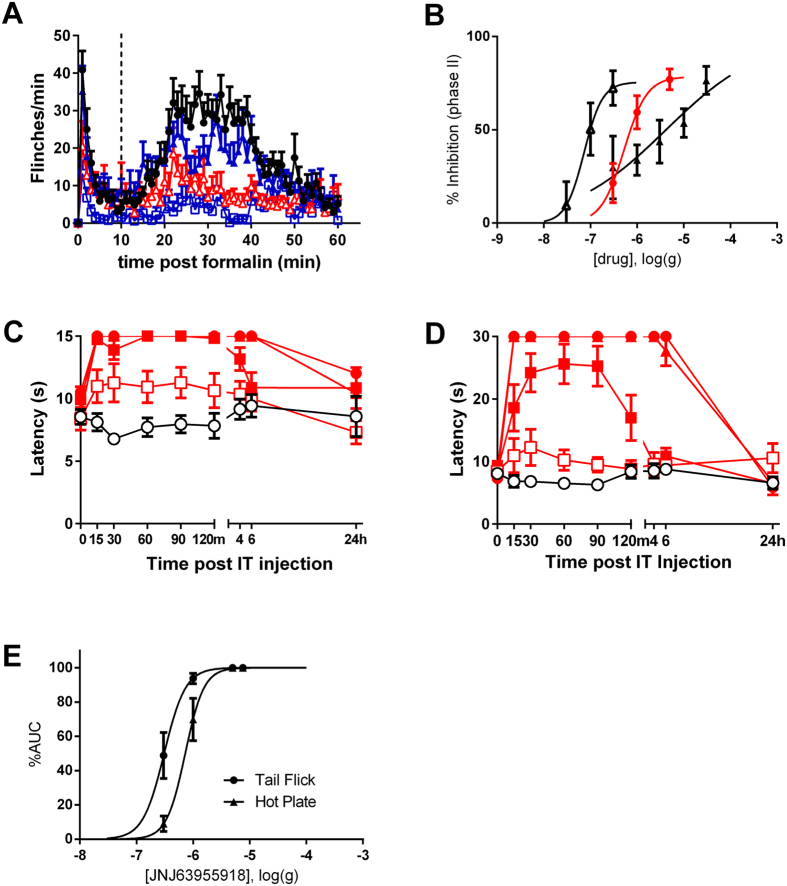Figure 7. Effects of JNJ63955918, morphine and ziconotide in rat models of acute chemical and thermal pain.
(A) Effect of vehicle (●) or 0.3 μg ( ), 1 μg (
), 1 μg ( ) or 5 μg (
) or 5 μg ( ) JNJ63955918 on formalin-induced flinching. The vertical dotted line separates phase I (0–10 min) from phase II (11–60 min). (B) Comparison of JNJ63955918 (red circles), ziconotide (open triangles) and morphine (closed triangles) in the formalin model. (C) Effect of intrathecal vehicle (
) JNJ63955918 on formalin-induced flinching. The vertical dotted line separates phase I (0–10 min) from phase II (11–60 min). (B) Comparison of JNJ63955918 (red circles), ziconotide (open triangles) and morphine (closed triangles) in the formalin model. (C) Effect of intrathecal vehicle ( ) or 0.3 μg (
) or 0.3 μg ( ), 1 μg (
), 1 μg ( ), 5 μg (
), 5 μg ( ) or 7.5 μg (
) or 7.5 μg ( ) JNJ63955918 on thermally-induced tail flick. Latencies were significantly elevated between 15 and 120 min following 1 μg JNJ63955918 and between 15 and 360 min after 5 μg and 7.5 μg JNJ63955918 (2-way ANOVA with Bonferroni multiple comparisons vs baseline for each group). (D) Effect of intrathecal vehicle (
) JNJ63955918 on thermally-induced tail flick. Latencies were significantly elevated between 15 and 120 min following 1 μg JNJ63955918 and between 15 and 360 min after 5 μg and 7.5 μg JNJ63955918 (2-way ANOVA with Bonferroni multiple comparisons vs baseline for each group). (D) Effect of intrathecal vehicle ( ) or 0.3 μg (
) or 0.3 μg ( ), 1 μg (
), 1 μg ( ), 5 μg (
), 5 μg ( ) or 7.5 μg (
) or 7.5 μg ( ) JNJ63955918 on escape latency in the hotplate assay. Latencies were significantly elevated between 15 and 120 min following 1 μg JNJ63955918 and between 15 and 360 min after 5 μg and 7.5 μg JNJ63955918 (2-way ANOVA with Bonferroni multiple comparisons vs baseline for each group). (E) Dose-response curves for JNJ63955918 in the rat tail flick and hotplate assays. Data are represented as mean ± s.e.m, n = 6–10 animals/group.
) JNJ63955918 on escape latency in the hotplate assay. Latencies were significantly elevated between 15 and 120 min following 1 μg JNJ63955918 and between 15 and 360 min after 5 μg and 7.5 μg JNJ63955918 (2-way ANOVA with Bonferroni multiple comparisons vs baseline for each group). (E) Dose-response curves for JNJ63955918 in the rat tail flick and hotplate assays. Data are represented as mean ± s.e.m, n = 6–10 animals/group.

